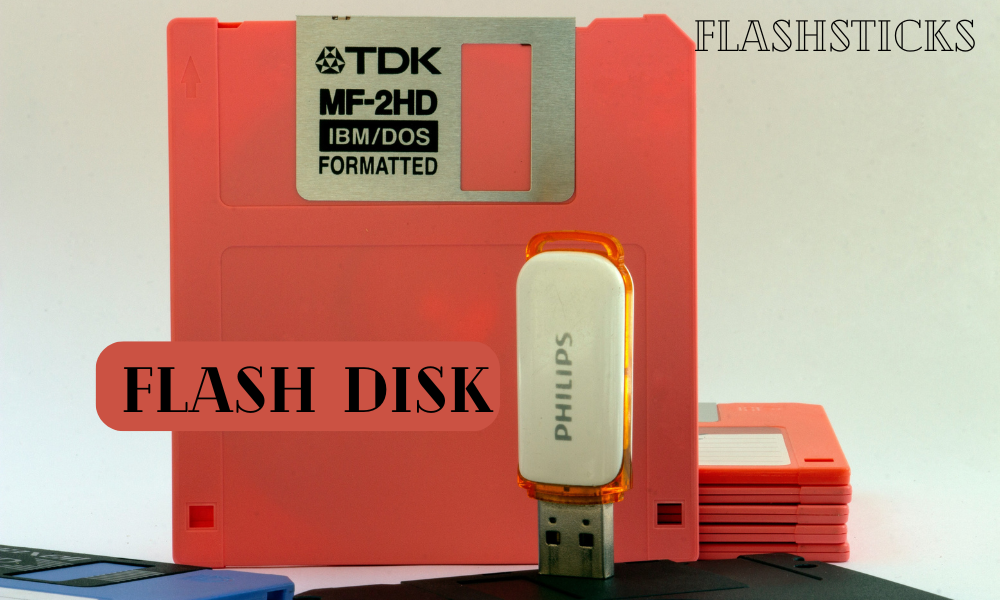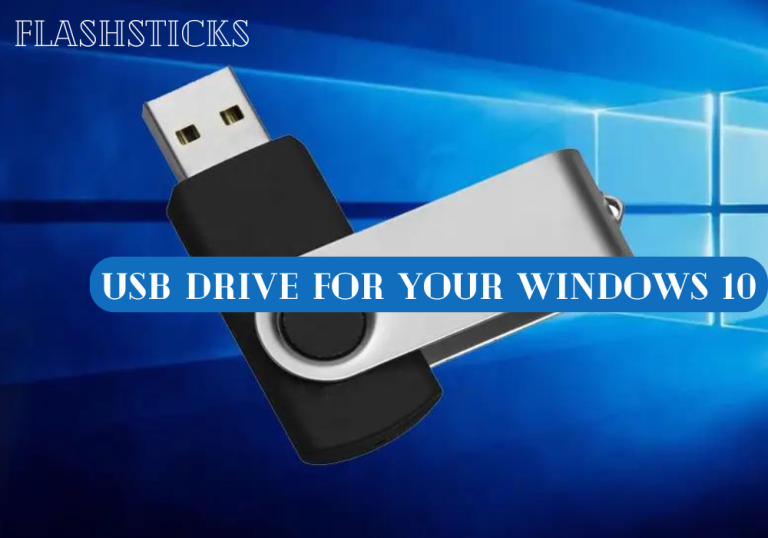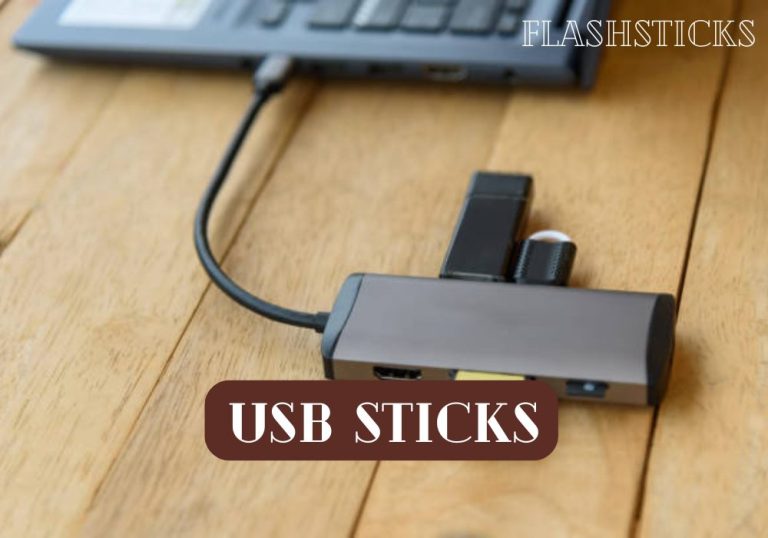What is a flash disk?
A flash disk, also known as a USB flash drive or thumb drive, is a small, portable, disk storage device used to store and transfer digital data between computers and other devices. Introduced in the late 1990s, flash disks have become an essential tool for consumers and professionals alike due to their convenience, speed, and versatility.
How Flash Disks Work
- Flash disks employ flash memory, a type of non-volatile storage technology that retains data even when power is turned off.
- A small printed circuit board (PCB) containing a microcontroller, flash memory, and connectors makes up the core of a flash disk.
- Data is written and read through a USB (Universal Serial Bus) interface, allowing seamless connectivity to a wide range of devices.
- Flash disks lack moving parts, making them durable and resistant to physical shock, vibrations, and extreme temperatures.
Navigating a Flash Disk
To access the contents of a flash disk:
- Plug the drive into a USB port on your computer.
- Wait for the device to be recognized by your operating system.
- Open File Explorer or Finder to view the drive’s contents, usually labeled as “Removable Disk (F:)” or “NO NAME” in Windows, or “UNTITLED” in Mac OS.
- Drag and drop files between the flash disk and your computer, or use copy/paste commands.
Flash disks come in various shapes, sizes, and capacities to suit different needs:
| Form Factor | Description |
|---|---|
| Thumb Drive | A classic, compact rectangular shape, usually 2-2.5 inches long. |
| Pen Drive | A slender, cylindrical design resembling a pen, available in various lengths and capacities. |
| Keychain Drive | A small, clip-on design often attached to a keyring, perfect for security applications. |
| Swipe Card Drive | A credit card-sized flash disk that swivels open to access the USB connector. |
| Mobile Backups | Specialized drives designed to fit inside smartphones and mobile devices for on-the-go data backup. |
Benefits of Flash Disks
- Portability: Small, lightweight, and easy to carry, flash disks make it simple to transport data between devices.
- Space Efficiency: Compared to traditional hard disk drives, flash disks offer a much higher storage density per unit of physical space.
- Durability: Their solid-state design makes them resistant to mechanical failure, shock, and physical damage.
- Security: Many flash disks feature built-in security features like encryption, password protection, and read-only modes for securing sensitive data.
- Speed: Flash disks have much faster data transfer rates than external hard drives, making them ideal for large file transfer and backups.
Practical Tips for Using Flash Disks
- Label your flash disks clearly to avoid confusion or mixing up data.
- Backup important files regularly to an external drive or cloud storage for added security.
- Use flash disks as a temporary storage solution for files while working on a project or traveling.
- Avoid overwriting existing data on a flash disk, as this can lead to corruption or loss of files.
- Zero out sensitive data before reusing a drive to prevent unauthorized access.
Conclusion
flash disks have become an indispensable tool for storing and transferring data thanks to their compact size, high speed, and reliability. With their various form factors and capacities, they cater to diverse needs, from everyday file management to secure data transport and backups. By understanding the basics of flash disks and following best practices, users can maximize their effectiveness and ensure the integrity of their digital assets.
URN: https://example.com/what-is-a-flash-disk







